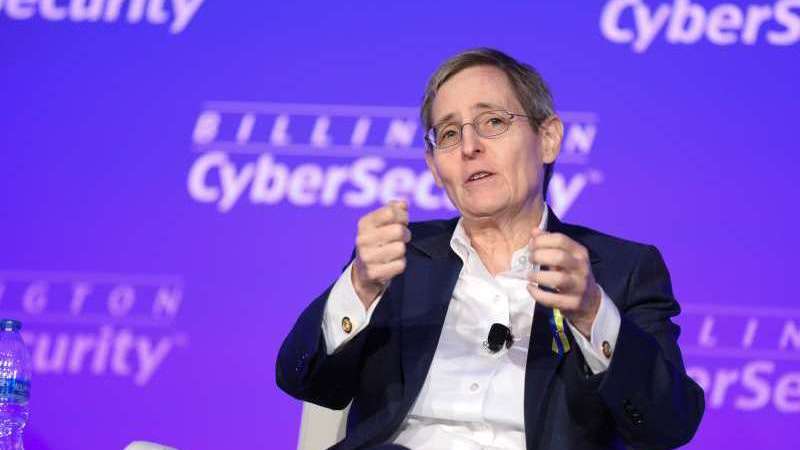
Energy Department’s (DoE) Chief Information Officer Ann Dunkin said today that DoE is driving innovation in quantum technologies and supercomputing, and highlighted some of the ways that those technologies will begin to positively impact the department’s mission in the future.
Dunkin said during the GDIT Emerge: Quantum event in Arlington, Va., on Dec. 5 that five of DoE’s national labs are doing fundamental research in quantum, and labeled them as a “developer and originator” of the technology.
“It’s fascinating when people come in and they want to sell us some of the labs’ things, but often those are things that actually the lab is doing the cutting-edge research in those spaces,” Dunkin said.
For example, the CIO highlighted that DoE’s Oak Ridge National Lab has the fastest computer in the world. Dubbed Frontier, it is the first exascale computer which enables researchers to study complex systems in ways that would otherwise be impossible.
“While we’re going to partner with companies for enterprise computing, we’re going to use commercial cloud, we’re going to buy products off the shelf, we’re also developing those new capabilities ourselves,” Dunkin said. “There are times when we’re leading and we’re building, not buying.”
“Quantum is similar because we do really have five quantum research centers across DoE,” she added.
The department’s five national labs that are focusing on quantum information science research include Brookhaven, Argonne, Oak Ridge, Lawrence Berkeley, and Fermi.
“Those five labs are doing fundamental research in quantum, so while other places we may be a consumer of technology in those spaces, in those places we’re essentially a developer and an originator,” Dunkin said during the GDIT conference.
The CIO highlighted that quantum will positively impact the DoE’s mission because “the ability to accelerate our computing technology, especially to build better models and simulations, will allow us to advance a lot of technologies beyond where we can today.”
“So, for example, the ability to build better models of batteries to identify better materials, and the ability to create more dense batteries will allow us to better serve both vehicles and stationary storage systems. Same thing with solar panels,” Dunkin explained. “Also, the ability to model carbon-free cement production, the ability to model carbon capture technologies and be able to identify new absorbance for that.”
“There are just a tremendous amount of capabilities. The ability to build more robust and more detailed models will help us to avoid going above 1.5 C [centigrade] in climate and global warming. So that’s a real potential there of quantum. And that exists in obviously other places within our mission space,” she said. “Being able to build bigger, more robust models will help us understand the environment better, understand climate change better.”
“Quantum will help us accelerate models in almost all those places,” the CIO said.
As for next steps, Dunkin said DoE is continuing to identify the best opportunities to find new capabilities across government, academia, and the private sector.
“We say investments in quantum is investments in AI and machine learning. You name it, we’re going to want to make broad bets,” Dunkin said. “And we have to remember not every one of those bets is going to be successful. Every research project that fails is a learning opportunity to find out how we’re then going to develop to the next one. So, we’re not discouraged by the many failures we get on the way to the great successes.”
